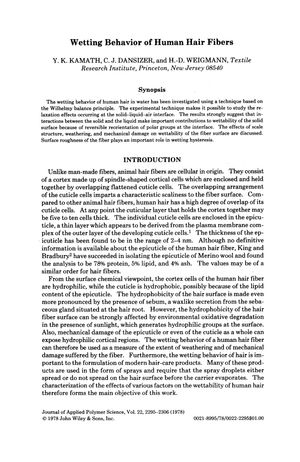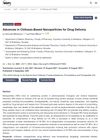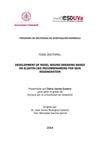Wetting Behavior of Human Hair Fibers
August 1978
in “
Journal of Applied Polymer Science
”
human hair fibers wetting behavior polar groups solid-liquid-air interface surface roughness scale structure wetting hysteresis hydrophilic properties hydrophobic properties cortex cuticle synthetic fibers nylon polypropylene functional groups weathering mechanical damage surface treatments hair fibers wetting polar groups interface surface roughness scale structure wetting hysteresis hydrophilic hydrophobic cortex cuticle synthetic fibers nylon polypropylene functional groups weathering mechanical damage surface treatments

TLDR Human hair's ability to get wet is complex and can change with treatments, damage, and environment.
The 1978 study explored the wetting behavior of human hair fibers, revealing that the interaction between the hair fiber and water is crucial for wettability, influenced by the reversible reorientation of polar groups at the solid-liquid-air interface. Surface roughness and the scale structure of the hair were found to significantly affect wetting hysteresis, with environmental factors and mechanical damage altering the hydrophilic and hydrophobic properties of the hair's cortex and cuticle, respectively. The study also compared human hair to synthetic fibers, noting that nylon's wettability changes with humidity, unlike polypropylene. Human hair's wettability was shown to be time-dependent and reversible, likely due to the rotation of functional groups on the surface. Weathering and mechanical damage increased hair wettability, especially at the tips. The research concluded that hair's complex surface and heterogeneity make its wetting behavior intricate, but it can be modified through surface treatments, which is important for developing hair-care products. The number of hair fibers used in the study was not specified.



